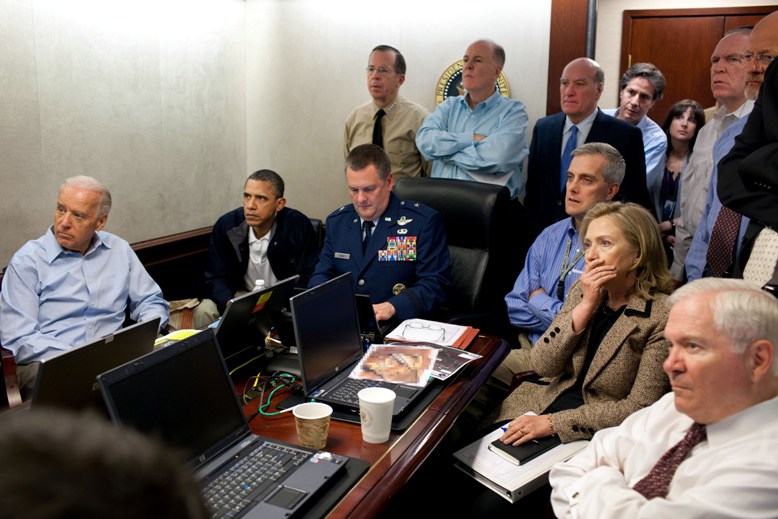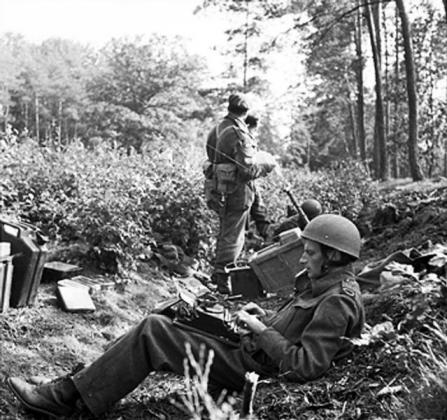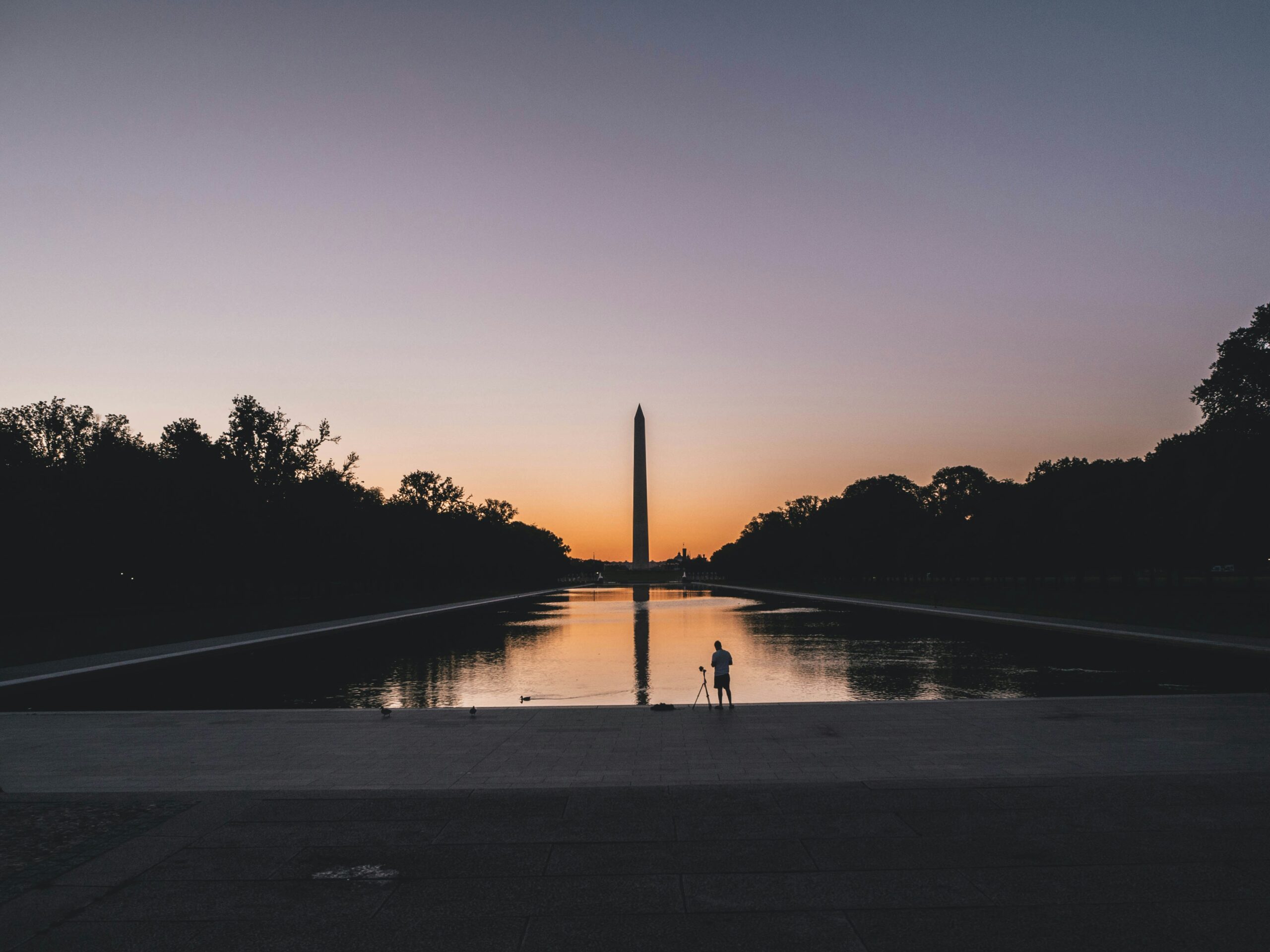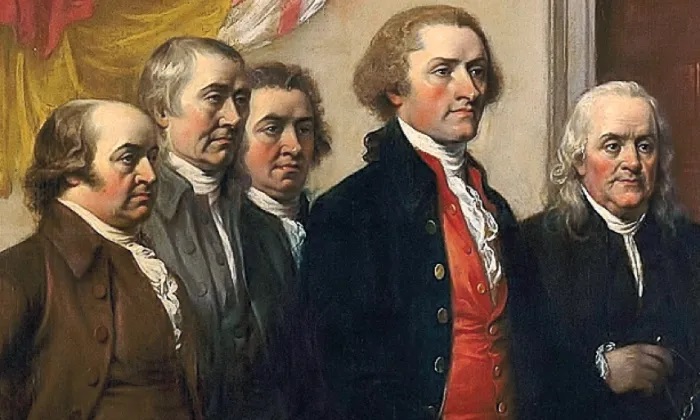
Susanne Massie, a writer on Russia, counseled President Ronald Reagan regarding his relations with the Soviet Union. “The Russians like to talk in proverbs,” Massie told him. “It would be nice of you to know a few.” Consequently, the Russian proverb “Доверяй, но проверяй,” (trust but verify) became a signature line used by Reagan.
It’s a phrase that’s been used many times by politicians since. It’s a phrase I recalled when I first read journalist Seymour Hersh’s indictment against the White House regarding the raid and killing of Osama bin Laden.
Hersh, a Washington, D.C. based investigative journalist, acquired national prominence for exposing the truth regarding the 1969 massacre of civilians in the hamlet of My Lai in South Vietnam, and the subsequent cover-up by the Johnson administration. For his work, Hersh received a well-deserved Pulitzer Prize.
However, Hersh took a hard right into sleaze with his 1997 book, The Dark Side of Camelot. Utilizing interviews from former U.S. Secret Service agents on President Kennedy’s detail, he exposed all manner of sordid details about the many women Kennedy had during his time in the White House. The release of the book coincided with independent counsel Ken Starr’s investigation into President Clinton’s relationship with White House intern Monica Lewinsky. You don’t need an intelligence officer to recognize that with that book in hand, along with a great deal of misinformation, Starr was off to the races to get agents on Clinton’s detail to expose what they knew about Clinton and Lewinsky. It was a wild goose chase that wasted millions of taxpayer dollars and valuable resources.
Now, Hersh has “uncovered the truth” about the raid on Osama bin Laden. Earlier this month, he published a 10,000 word article in which he exposes the “lies” told by the White House.
But before I go into Hersh’s story, take a good look at the photo above, taken by White House photographer Pete Souza. Present in the White House Situation Room at the time of the raid were:
Vice-president Joe Biden; President Barack Obama; Air Force Major General Marshall B. Webb (seated at the head of the table, with a laptop) who served as Assistant Commanding General of the Joint Special Operations Command; Admiral Mike Mullen (standing, wearing a tie), a career naval officer, was serving as Chairman of the Joint Chiefs of Staff and the principal military advisor to the president; Tom Donilon (standing, arms folded), President Obama’s National Security Advisor; Bill Daley (standing, with jacket), White House Chief of Staff; Denis McDonough (seated), Deputy National Security Advisor; Tony Blinken (standing, peering over Daley’s shoulder) was a national security adviser to Joe Biden; Hillary Clinton, secretary of state; Audrey Tomason (standing, farthest in back), who the White House said was a director for counterterrorism; John Brennan (standing, wearing gray) was Homeland Security Advisor; James Clapper (standing, wearing tie), Director of National Intelligence; and Robert Gates (seated), Secretary of Defense at the time bin Laden was killed.
Not seen in the photo were CIA Director Leon Panetta who was in direct communication with the Situation Room and Admiral William McRaven who was directly responsible for the elite team of specialists charged with capturing or killing bin Laden.
ALL of these people, according to Hersh’s report, lied.
“The most blatant lie,” Hersh writes, “was that Pakistan’s two most senior military leaders – General Ashfaq Parvez Kayani, chief of the army staff, and General Ahmed Shuja Pasha, director general of the ISI – were never informed of the US mission. …
“In August 2010 a former senior Pakistani intelligence officer approached Jonathan Bank, then the CIA’s station chief at the US embassy in Islamabad. He offered to tell the CIA where to find bin Laden in return for the reward that Washington had offered in 2001. Walk-ins are assumed by the CIA to be unreliable, and the response from the agency’s headquarters was to fly in a polygraph team. The walk-in passed the test. ‘So now we’ve got a lead on bin Laden living in a compound in Abbottabad, but how do we really know who it is?’ was the CIA’s worry at the time, the retired senior US intelligence official told me.”
Within days of the report, CNN’s Peter Bergen, a reporter with a long and credible history of reporting such events, said that Hersh’s claims “defy common sense.”
However, the most credible rebuttal to Hersh comes from former CIA deputy Michael Morell. Writing in The Wall Street Journal (May 15), Morell details just a few of the many things Hersh gets wrong.
“I learned that there are few things in life of which you can be absolutely certain,” Morell begins. “But I am positive that a lengthy new article by journalist Seymour Hersh, which is getting widespread attention with a whole new tale about how Osama bin Laden was brought to justice, is wrong in almost every significant respect.
“I can be certain because I was deputy director of the Central Intelligence Agency when senior officials from our Counterterrorism Center first brought to CIA Director Leon Panetta and me the news that they had trailed an individual whom they believed was a bin Laden courier to a compound in Abbottabad, Pakistan. And I was there for every meeting that followed as we worked through the evidence that led our analysts to conclude that the most-wanted man in the world was hiding at the compound.”
Morell addresses some of Hersh’s key claims:
• “Mr. Hersh says the White House lied when it asserted that the bin Laden raid was, as he puts it, an ‘all-American affair and that senior generals of Pakistan’s army and Inter-Services agency (ISI) were not told in advance.’ The truth is that the decision not to tell the Pakistanis was made early in the discussions of our options. We would have liked to have made the raid a joint operation with the Pakistanis—what better way to strengthen the bilateral relationship?—but we simply couldn’t trust that someone in the Pakistani system would not tip off bin Laden. I was present during all of these discussions when it was resolved that we wouldn’t inform Pakistan until after the fact.
• “Mr. Hersh claims that the Pakistanis cleared the way for U.S. helicopters to cross their airspace. Wrong again. With Director Panetta, I was in the CIA operations center for the raid monitoring the Pakistani response, concerned that they would detect the flight as it crossed the Afghan-Pak border and flew to its target in Abbottabad.
• “He claims that we learned of bin Laden’s location not from following the courier and from excellent intelligence analysis, but from a Pakistani intelligence officer who walked into the U.S. Embassy and gave us bin Laden’s whereabouts in exchange for “much of the $25 million reward offered by the U.S.” The truth is that while walk-ins have long been useful in providing intelligence to us world-wide, none of the information that led to finding the location where bin Laden was came from walk-ins.
• “Mr. Hersh’s account is full of laughable dialogue. For example, he claims that when we first told the president about bin Laden’s possible whereabouts, the president said: ‘Don’t talk to me about this any more unless you have proof that it really is bin Laden.’
“Nonsense,” Morell writes. “I was there. After the president’s first briefing, he gave us two orders: Find out more about what was going on in the compound and don’t tell anyone else about it. Mr. Hersh’s American source claims to have been close to the operation. The source wasn’t in the room.
• “Mr. Hersh says we obtained DNA samples from people in the bin Laden compound before the assault was launched. Wrong again. We would have liked to have obtained samples from the children in the compound to confirm that they were bin Laden’s children, but we did not. Again, Mr. Hersh’s source was far from the action.
• “As off base as Mr. Hersh’s article is on the events leading up to the attack, he is even more mistaken regarding its aftermath. His claim that the president’s announcement of bin Laden’s death accidentally revealed facts that required subsequent cover stories is wrong. The president’s statement read from the East Room of the White House on May 1, 2011, was quickly crafted but also carefully vetted to ensure that it didn’t reveal information that needed to remain secret but also to ensure that it was accurate.
• “Mr. Hersh’s sources tell him that there was no treasure trove of intelligence collected by the SEALs in Abbottabad. Once again, he needs better sources. I have seen the material and can attest that it was and is enormously helpful to us. We were surprised to learn from the documents how heavily engaged bin Laden was in managing the day-to-day operations of al Qaeda (far from being the “prisoner” of the Pakistanis that Mr. Hersh portrays), and we learned of bin Laden’s continued obsession with attacking the U.S.
• “Finally—and most absurdly perhaps—Mr. Hersh cites his sources as telling him that SEALs threw bin Laden body parts off their helicopter over the Hindu Kush and suggests that the burial at sea from the USS Carl Vinson never happened. Bin Laden’s body received a proper Muslim burial at sea. How do I know? I heard the president give the order, and I saw photographs and video of the burial at sea.
“Mr. Hersh makes many other claims. I won’t address them here simply because there isn’t room, but please don’t interpret that as a signal that he got something right. The article is one of the most badly flawed documents ever produced by a Pulitzer Prize-winning writer. Of that, I am absolutely certain.”
While one of the most important principles of journalism is to act as watchdog, and aggressively hold people of influence accountable, first and foremost is credibility. “The powers of the press,” ethicist Michael Josephson writes, “should be treated as a public trust. Journalists must inspire credibility – faith and confidence in the honesty, accuracy and fairness of the information they convey.”
Despite his many awards, Hersh – based on accounts from those who were there – was shamefully wrong. Journalists are also “people of influence,” and as such, Hersh should make a full and fair correction for all mistakes in his account.
As readers, we too, must be vigilant in seeking all sides of a story before determining the truth.
Trust but verify.
Comments









